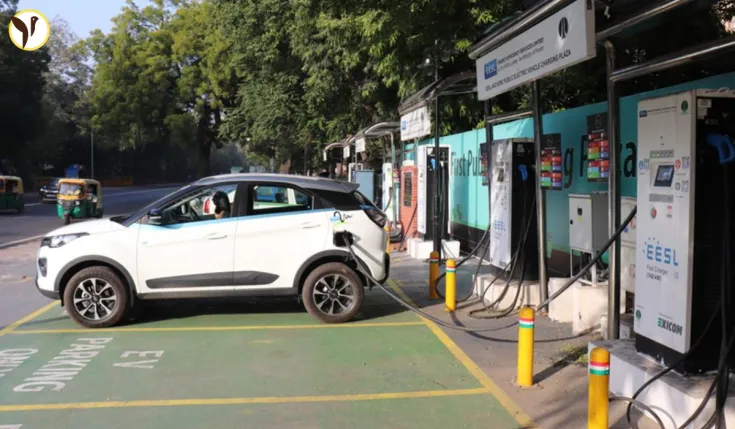Delhi's Bold Push for Electric Vehicles: A New Era of Clean Mobility
Delhi is leading India's electric vehicle (EV) revolution with its ambitious second phase EV policy. This initiative aims to drastically reduce pollution and create a cleaner, greener future for the capital. The plan is aggressive, encompassing substantial subsidies, charging infrastructure development, and even potential bans on new fossil fuel vehicle registrations.
Subsidies and Incentives
The policy offers significant purchase subsidies, particularly for two-wheelers. Buyers can receive up to INR 30,000, with an additional INR 10,000 for scrapping older petrol two-wheelers. Women are also targeted with a higher subsidy of up to INR 36,000. Three-wheeler incentives are also substantial, aiming to replace CNG auto-rickshaws with cleaner electric alternatives. This comprehensive approach makes EVs more accessible to a broader range of Delhi residents.
Infrastructure Development and Job Creation
Delhi's plan extends beyond financial incentives. The policy proposes the construction of 13,200 public charging stations, complemented by battery collection centers and swappable battery stations. This infrastructure build-out is projected to create 20,000 new jobs, encompassing roles in charging station operations and battery recycling. This signifies a positive economic impact alongside environmental benefits.
The Road Ahead: Bans and the Future of Mobility
The most disruptive element of the policy is the potential ban on new petrol two-wheeler registrations from August 15, 2026, and a similar ban on fossil-fuel three-wheelers starting August 15, 2025. This signals Delhi's commitment to transitioning to a completely electric vehicle fleet, influencing other states and cities to follow suit. The success of this plan will depend on the successful implementation of charging infrastructure and continued public support.
EV Adoption Across India and Beyond
Delhi's efforts are mirrored by other Indian states, including Maharashtra, Uttar Pradesh, and Karnataka, which are also actively promoting EV adoption through various incentives and policies. The global EV market is also experiencing significant growth, with manufacturers like BYD expanding their presence and assembly plants in various regions including Cambodia.
Conclusion
Delhi's comprehensive EV policy represents a significant leap towards sustainable transportation. The combination of substantial subsidies, improved infrastructure, and potential bans on fossil fuel vehicles presents a compelling roadmap for other regions looking to accelerate EV adoption and combat air pollution. The success will hinge on effectively managing the transition and ensuring widespread accessibility to the benefits of this transformative initiative.







